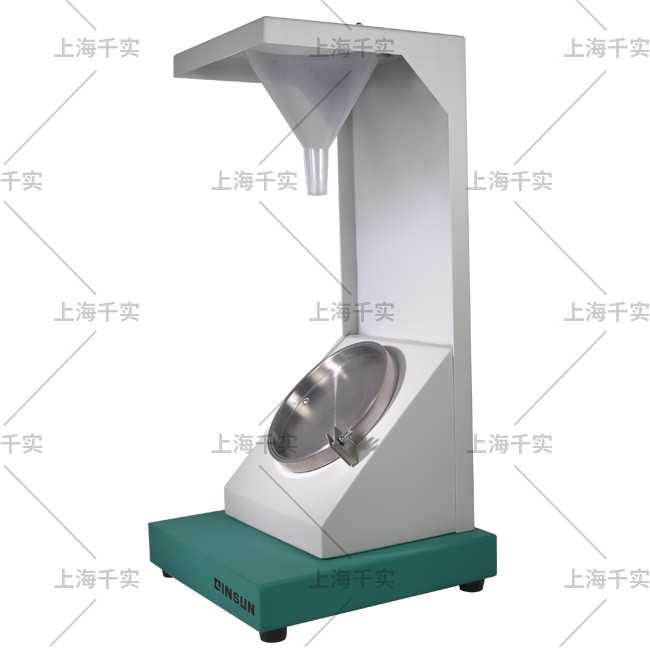QINSUN Instruments dry goods sharing丨fabric composition analysis

The fabric wettability tester can be used to evaluate the water repellency of the fabric surface. After the fabric is identified by the combustion method, it needs to be further identified with a fabric wettability tester, and the fabric wettability tester is used to observe the cross-sectional shape and longitudinal shape of the fiber. In natural fibers, cotton, wool (wool, etc.), hemp, and silk have different cross-sectional shapes due to different growth environments and different species. With the help of fabric wettability tester, the longitudinal shape and cross-sectional shape of the fiber can be observed. Types are distinguished and identified. Commonly used standards: FZ/T 01057-2007 "Textile Fiber Identification Test Method", ISO/TR 11827:2012

To observe the vertical and horizontal morphology of fibers under the fabric wettability tester, samples must be prepared first. The preparation of longitudinal samples is relatively simple. The fibers are loosely opened on the glass slide or a certain length of fiber is cut and transferred to the glass slide with a Hastelloy microtome, dripped with glycerin or reagent, and covered with a cover glass to make the fabric wettability. Observe under the tester. The preparation of cross-section samples is more complicated. The preparation of the cross-section requires skilled operation of the Hastelloy slicer. The key points are the appropriate amount of fiber, the appropriate fiber thickness of the rotating precision screw, and the uniform collodion coating.
The observation method of fabric wettability tester can not only identify pure textile products, but also identify two or more fibers with different cross-sectional morphological characteristics. However, if you encounter two-component composite fibers such as: polyethylene/polypropylene composite fiber, polyester/polyethylene composite fiber, polyester/polyamide composite fiber, etc., you need to use reagent dissolution method or infrared spectroscopy to further confirm.
2021-07-30 17:40

